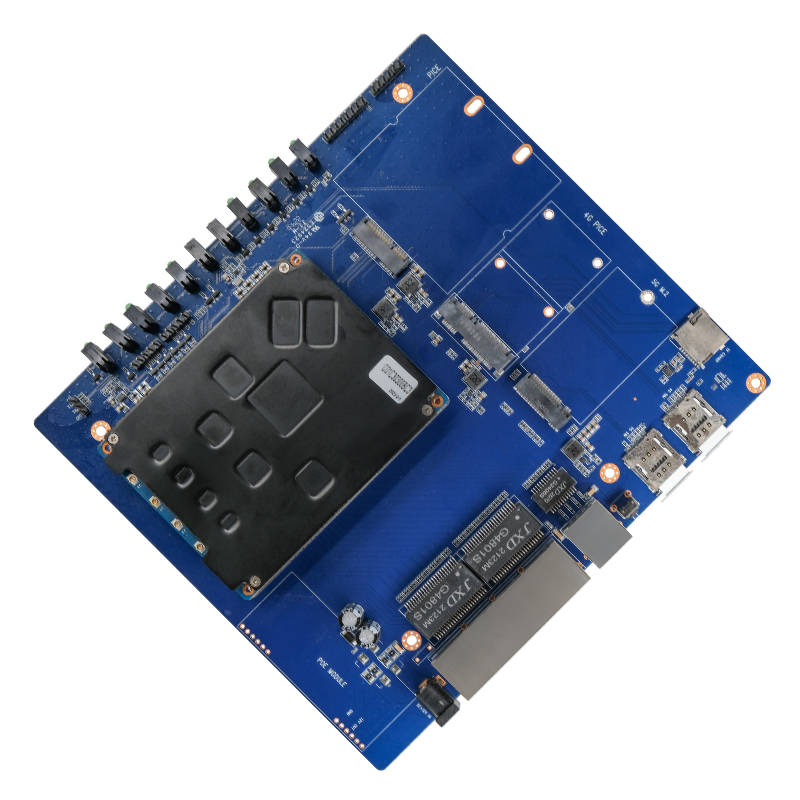Development boards are essential tools for engineers, hobbyists, and developers to prototype and test new ideas. However, encountering issues is not uncommon. Understanding and troubleshooting these issues efficiently can save you time and resources. This guide will help you navigate common problems with development boards and provide solutions based on best practices and insights from Trolink IoT.
1. Power Supply Issues
Problem: The development board doesn’t power on or resets unexpectedly.
Solution:
- Check Connections: Ensure that all power connections are secure and correctly connected. Loose wires or improper connections can prevent the board from receiving adequate power.
- Verify Power Source: Use a power supply that meets the specifications required by the development board. An inadequate or unstable power source can lead to unpredictable behavior.
- Inspect Power LEDs: Many boards have power LEDs that indicate operational status. If these LEDs are not lit, there may be a power supply issue.
2. Communication Problems
Problem: The board is not communicating with your computer or other peripherals.
Solution:

3. Code Upload Failures
Problem: Errors occur when uploading code to the development board.
Solution:
- Check Firmware Version: Ensure that the development board's firmware is up-to-date and compatible with your code. Update the firmware if necessary.
- Verify Code Compatibility: Ensure that the code you are uploading is compatible with the board's specifications and programming environment.
- Review Upload Settings: Verify that the correct port and board settings are selected in your development environment.
4. Hardware Malfunctions
Problem: The development board exhibits unexpected behavior or does not function as intended.
Solution:
- Inspect Components: Check for any visible damage to the board, such as burnt components or loose parts. Replace or repair damaged components as needed.
- Test Basic Functionality: Isolate and test individual components or functions to identify the source of the malfunction.
- Consult Documentation: Review the board's user manual and technical documentation for troubleshooting tips specific to your board model.
5. Software Conflicts
Problem: Software issues affect the performance or functionality of the development board.
Solution:
- Update Software: Ensure that your development environment and libraries are up-to-date. Updates can resolve compatibility issues and bugs.
- Check for Conflicts: Verify that there are no conflicts between software components or libraries. Review error messages and logs for clues.
- Reinstall Software: If issues persist, consider reinstalling the development environment or related software.
6. Overheating
Problem: The development board becomes excessively hot during use.
Solution:
- Improve Ventilation: Ensure that the board has adequate ventilation and is not placed in a confined or poorly ventilated area.
- Check for Short Circuits: Inspect the board for any signs of short circuits or component failures that could cause overheating.
- Reduce Load: If possible, reduce the load or operational demands on the board to prevent overheating.
7. Inconsistent Performance
Problem: The development board performs inconsistently or intermittently.
Solution:
- Check Power Stability: Ensure that the power supply is stable and providing consistent voltage and current.
- Test Different Conditions: Observe the board’s performance under different conditions and configurations to identify any patterns or triggers for inconsistent behavior.
- Consult Support: Reach out to the manufacturer's support team or community forums for assistance with persistent performance issues.
Conclusion
Troubleshooting development boards involves a systematic approach to identify and resolve common issues. By following these guidelines, you can effectively address problems and ensure smooth operation of your development board. For more information and resources, visit Trolink IoT, where you can find a variety of development boards and support materials to enhance your prototyping and development experience.

 Trolink Joint With Tuya to Make Iot Benefit Every Family
Trolink Joint With Tuya to Make Iot Benefit Every Family
 5 Key Indicators for WiFi Module Selection You Have to Know !
5 Key Indicators for WiFi Module Selection You Have to Know !
 IOT module is the brain of smart products
IOT module is the brain of smart products
 What is the signal coverage range of the WiFi module chip?
What is the signal coverage range of the WiFi module chip?